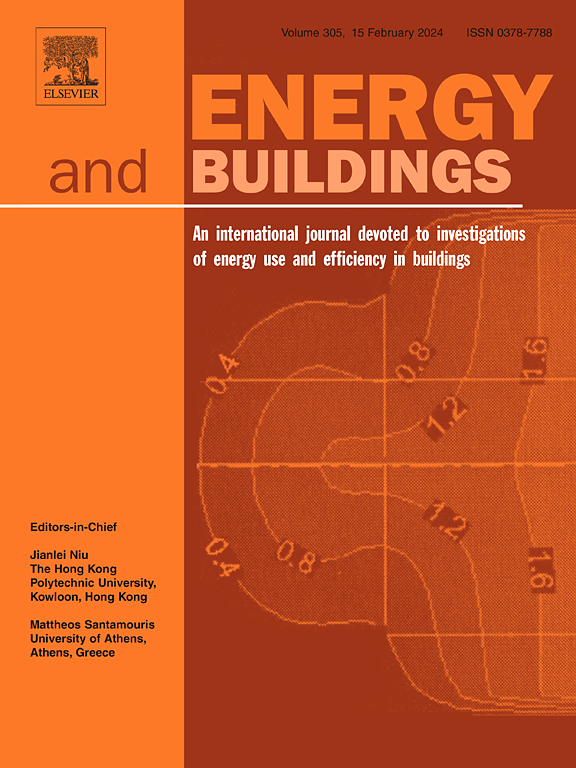High surface temperature of radiator can provide thermal plume with enough momentum intensity and thus counteracts the downdraft caused by window. Meanwhile, it is necessary to avoid causing indoor temperature to exceed upper limit of thermal comfort zone. In this paper, influence of heat transfer coefficients of window and exterior wall, outdoor temperature, and average surface temperature of radiator on operative temperature (Top) and temperature difference between indoor air and window (Td) was investigated. Based on response surface method, single factor and interaction effects for the four influencing factors on Top and Td were analyzed. A framework optimizing average surface temperature of radiator for preventing draught risk of window was established. When the heat transfer coefficient of window was around 1.4 W/m2·°C and satisfied related energy-conservation standard, cold draught could be eliminated without causing indoor environment overheating. Based on the optimized temperature range, the supply water temperature was controlled, and seasonal performance using the variable temperature strategy was investigated based on TRNSYS simulation. With the variable water temperature control strategy, the output hourly indoor air temperature was within the comfortable range. In the whole heating season, hours that did not meet cold draught requirement occupied 77.22 %, as the heat transfer coefficients of window dis-satisfied the energy-saving design standard. As meeting the design standard, the proportion decreased to 12.97 %. Utilizing the optimized temperature interval can prevent discomfort caused by cold draught to the greatest extent. This study is conducive to improving thermal environment with the convective–heating system and may lead to the reduction of energy consumption for heating.


